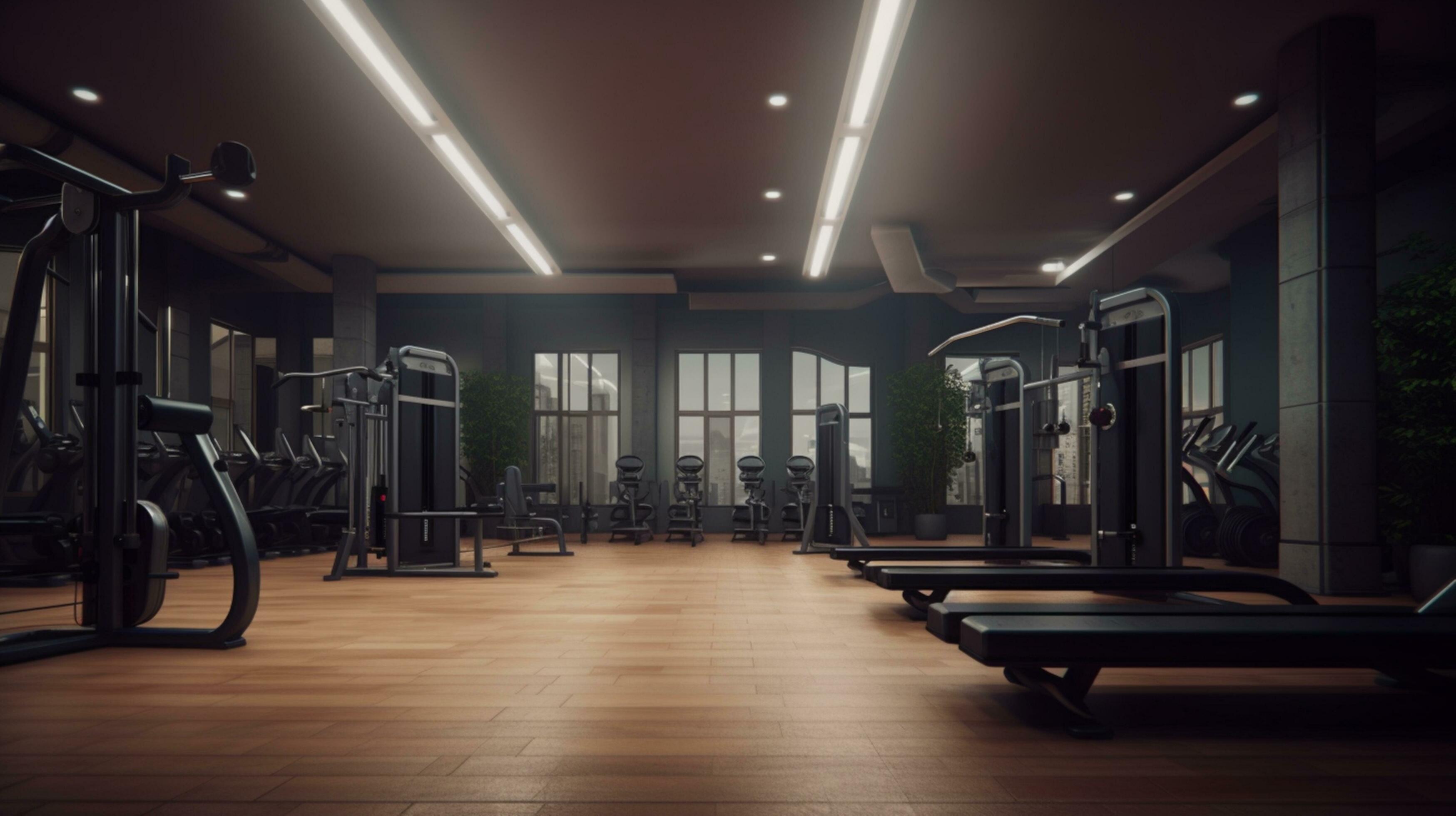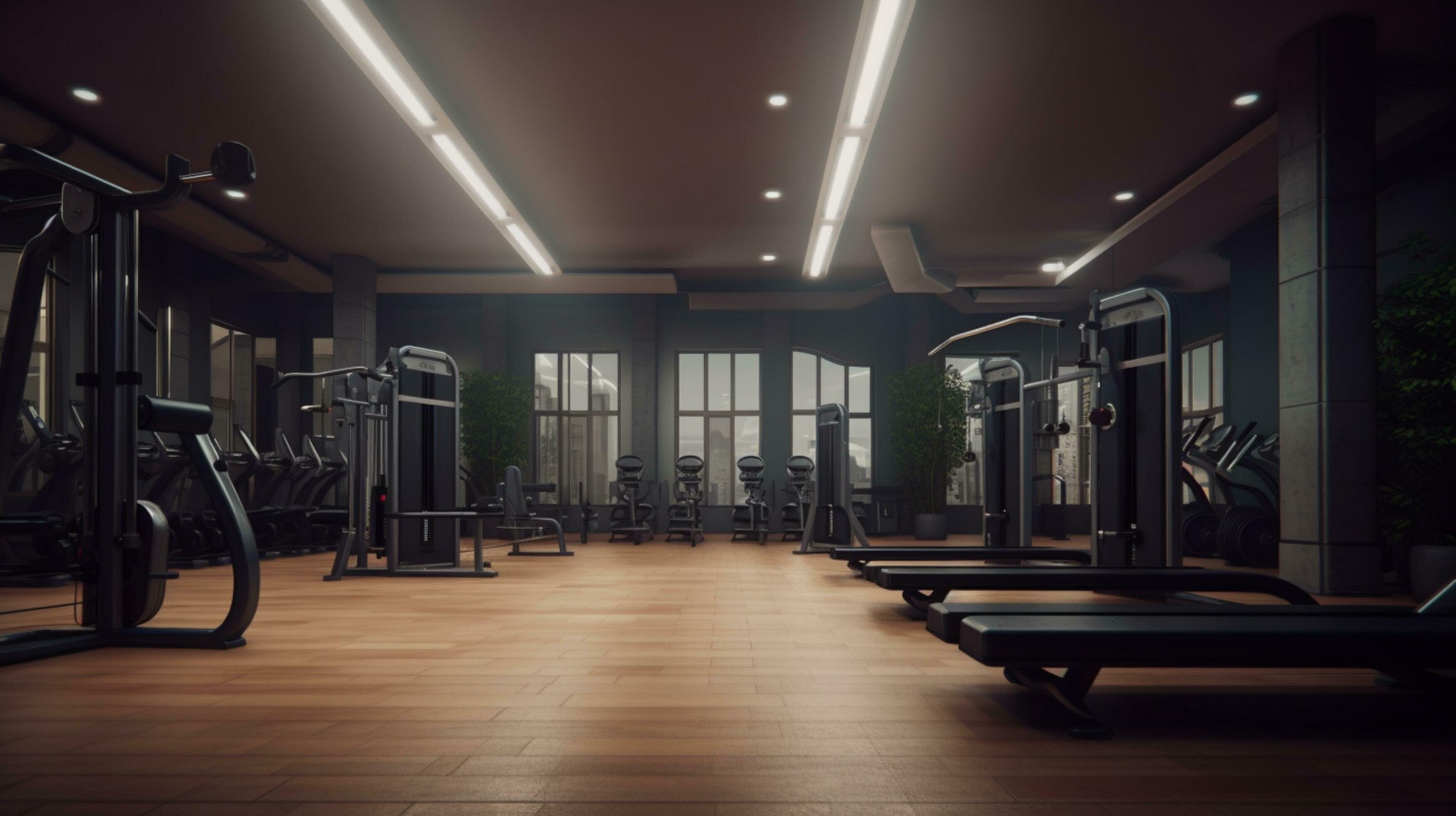-


Dreampod Mineral Soaker Float Tank
Regular price $8,075.00Sale price $8,075.00 Regular price -


Dreampod Vmax Float Pod Float Tank
Regular price $22,325.00Sale price $22,325.00 Regular price -


Dreampod V2 Float Pod Float Tank
Regular price $20,425.00Sale price $20,425.00 Regular price -


Dreampod Sport Float Pod Float Tank
Regular price $16,625.00Sale price $16,625.00 Regular price -


Dreampod Home Float Plus Float Tank
Regular price $10,450.00Sale price $10,450.00 Regular price -


Dreampod Home Float Pro Float Tank
Regular price $8,075.00Sale price $8,075.00 Regular price -


Dreampod Home Tank FLEX Float Tank
Regular price $5,225.00Sale price $5,225.00 Regular price
Sensory Deprivation Tanks (Float Tanks & Pods)
Sensory deprivation (float) tanks combine warm water and Epsom salt to create near-zero gravity buoyancy in a low-stimulus environment. The result: deep relaxation, stress reduction, and a meditative reset you can repeat at home or in a studio.
Magnesium sulfate (Epsom) solution supports the body head-to-toe.
Reduce sensory load to shift into recovery & relaxation.
Dreampod builds insulated, easy-clean tanks & pods.
Models sized for residential installs and commercial throughput.
Float Tanks — Frequently Asked Questions
How does a float tank work?
What are the main benefits?
How much space and power do I need?
What’s the difference between a “tank” and a “pod”?
How often do I change the water/salt?
Is it claustrophobic?
Do I need ventilation?
How loud are pumps and filtration?
What maintenance is required?
How long is a typical session?
Home vs. commercial models?
Who should avoid floating?
Product Lineup
Dreampod V2 Float Pod Flagship Pod
Best For: Home & boutique studios seeking a classic pod experience.
Dreampod Vmax Float Pod Tall Users
Best For: Larger bodies & maximum interior space.
Dreampod Home Float Pro Home
Best For: Residential installs with premium features.
Dreampod Mineral Soaker Open-Style
Best For: Users who prefer an open tank feel over a clamshell pod.
Key Benefits of Floating
- Deep relaxation and stress reduction from sensory down-shifting.
- Muscle relief and perceived pain reduction from effortless buoyancy.
- Improved sleep quality and post-training recovery rituals.
- Meditation aid—easy to repeat consistently.
Compare Options
| Model | Main Advantage | Best For | Shop |
|---|---|---|---|
| Dreampod Home Float Plus | Compact footprint for residences | First home tank; simpler install | Home Float Plus |
| Dreampod Home Float Pro | Premium residential features | Home users wanting upgraded controls | Home Float Pro |
| Dreampod V2 Float Pod | Classic pod experience, insulated | Home & boutique studios | Dreampod V2 |
| Dreampod Vmax Float Pod | Extra interior space for tall users | Studios & athletes needing room | Dreampod Vmax |
| Dreampod Sport Float Pod | Studio-ready durability & throughput | Commercial studios | Dreampod Sport |
| Dreampod Mineral Soaker | Open-style tank feel | Users preferring no lid/clamshell | Mineral Soaker |
Space & Placement Guide
| Consideration | Recommendation |
|---|---|
| Footprint & Access | Measure doorways, hallways, and turning radii. Leave service clearance around pumps/filters. |
| Floor Load | Confirm structure supports the filled weight (water + salt + tank). |
| Power | Dedicated circuit(s) per manual; GFCI protection where required. |
| Water & Drain | Nearby water supply and floor drain/sump access simplifies maintenance. |
| Ventilation | Provide exhaust/vent to manage humidity; condition the room for comfort. |
Room Build Checklist
- Power: GFCI-protected 120V/20A outlet (check model manual).
- Ventilation: Install exhaust fan rated 80–110 CFM minimum to control humidity.
- Floor Load: Example: a pod holding ~250 gallons ≈ ~2,000 lbs water + ~1,000 lbs Epsom salt + tank weight. Confirm with contractor for upper floors.
- Access: Ensure crate fits through main door and around corners—measure all pathways.
- Drain: Floor drain or sump nearby simplifies water changes.
Delivery Path Checklist
- Measure everything: Crate dimensions vs. doors, hallways, and stairwells.
- Clear route: Remove obstacles, protect floors, stage moving equipment.
- Power & water live: Ensure dedicated circuits and shut-offs are ready before delivery.
- Team & timing: Coordinate installers and electrician/plumber on the same day.
- De-crating area: Plan a clean zone near the install room.
Care, Warranty & Shipping
Follow Dreampod’s maintenance schedule: daily skimming, periodic filter cleaning/replacement, salinity/pH checks, and surface wipe-downs. Freight shipping includes curbside delivery unless white-glove/setup is added. Warranty terms and lead times vary by model.
Helpful links: Shipping • Returns • Contact Us

















